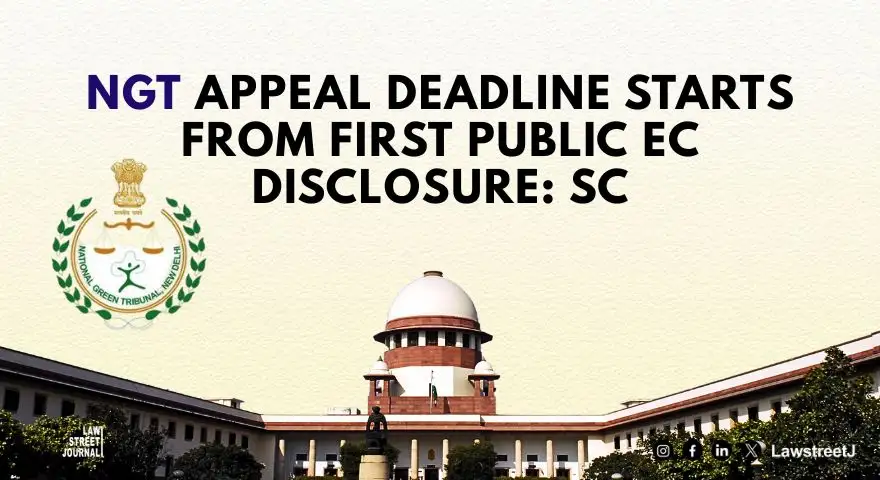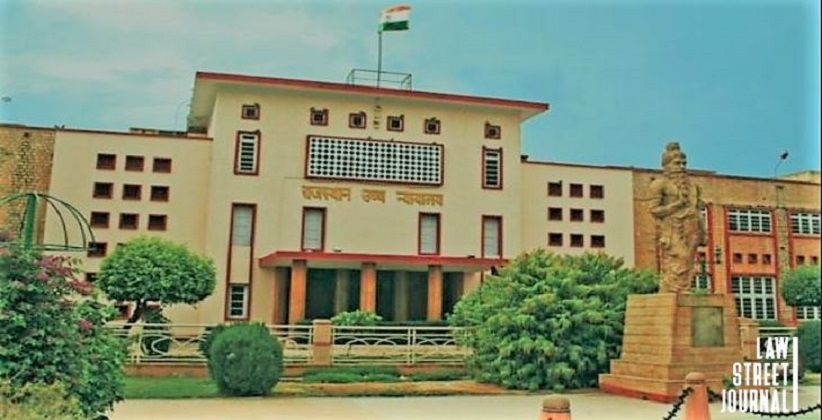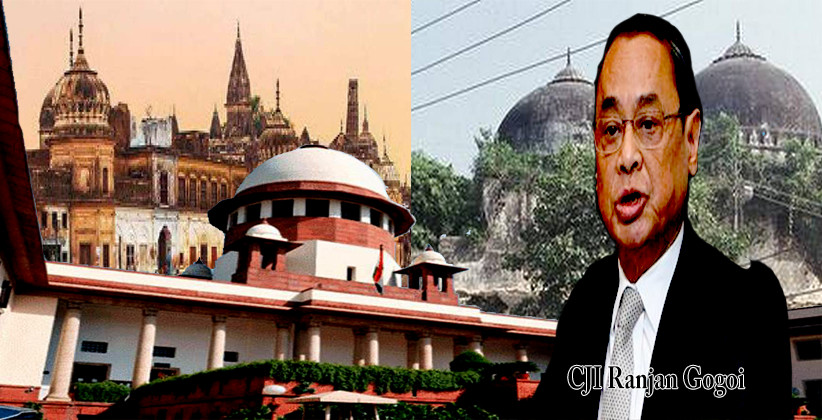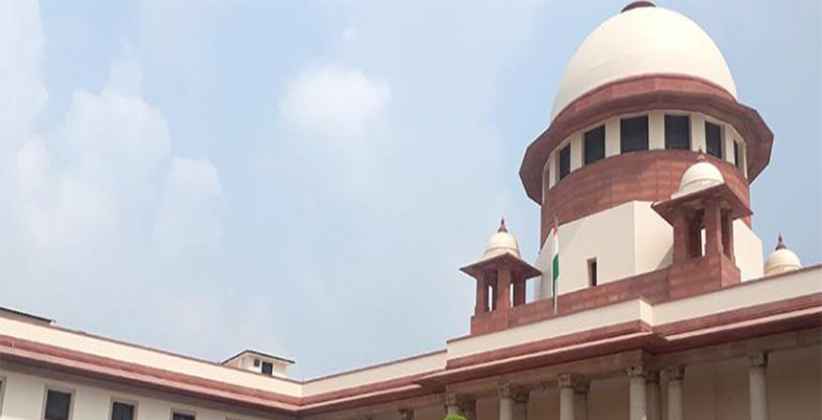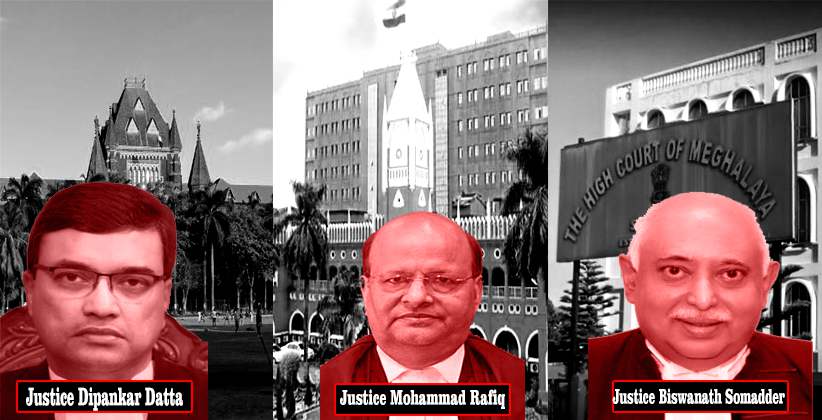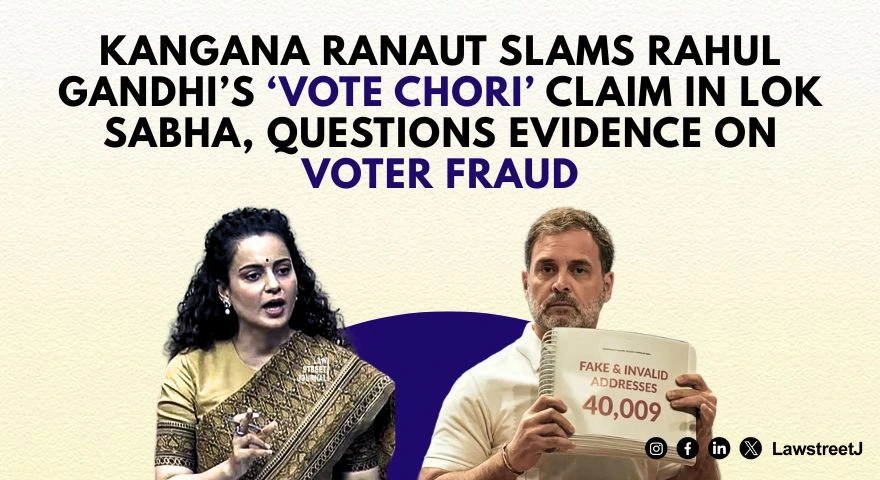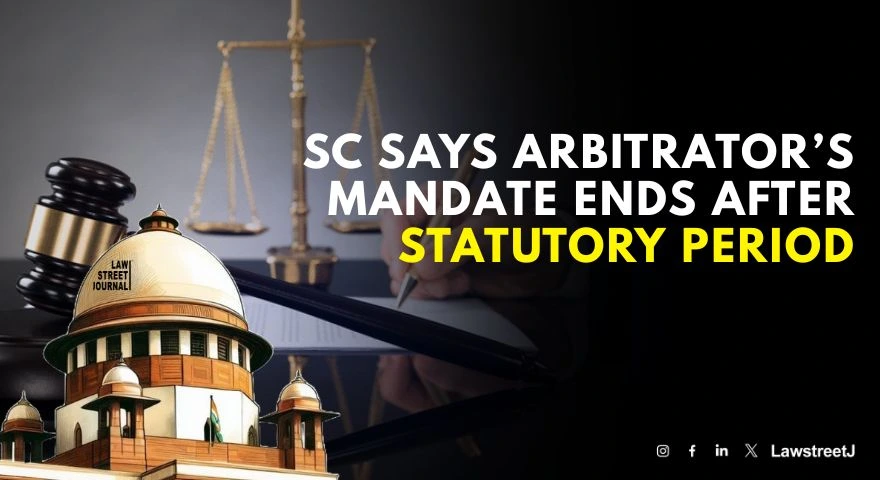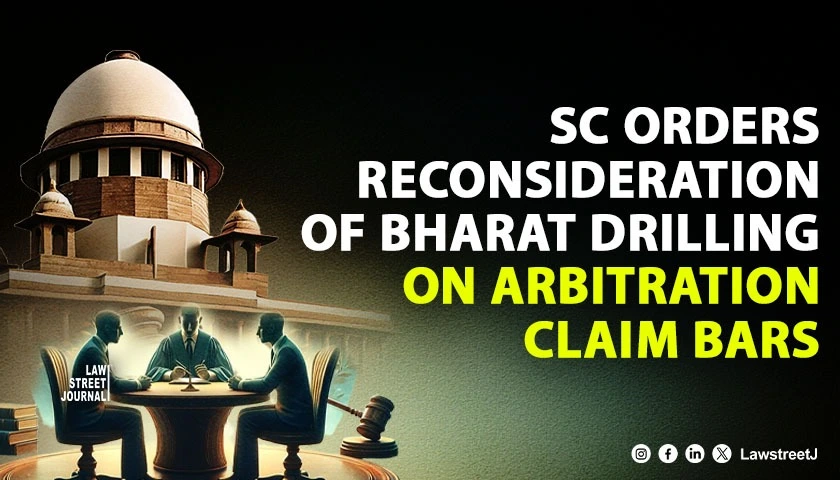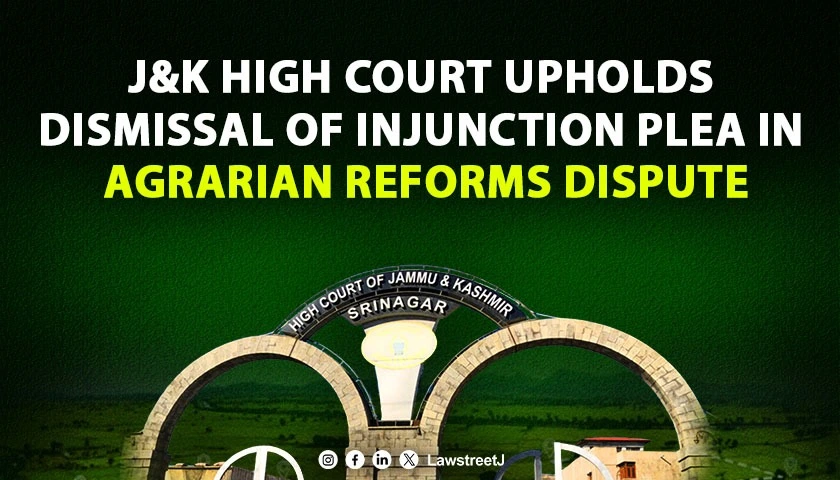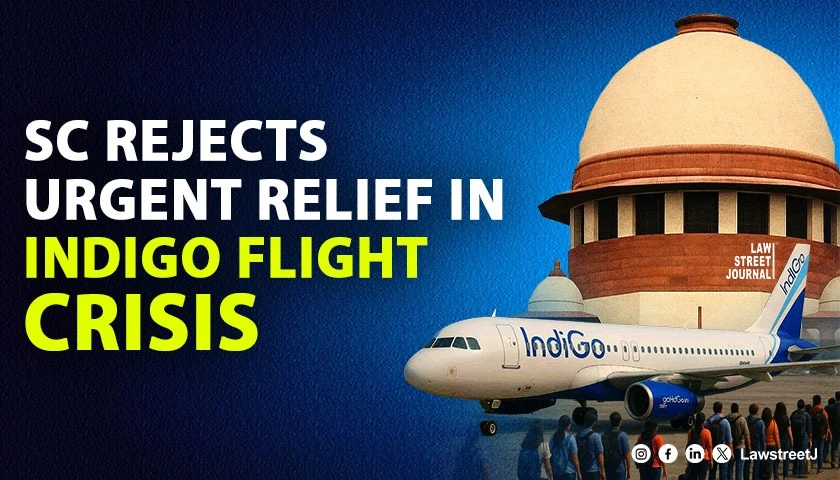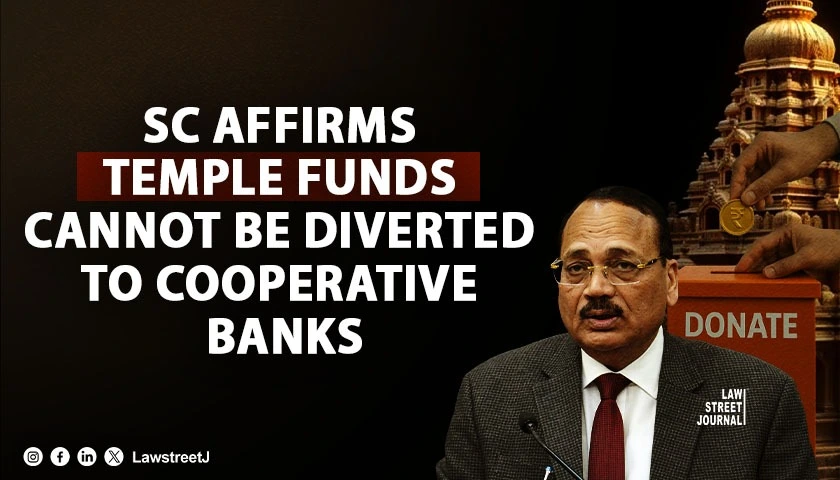New Delhi: The Supreme Court of India delivered a landmark judgment on November 19, 2025, clarifying how the limitation period is to be calculated for appeals challenging an Environmental Clearance (EC) before the National Green Tribunal (NGT). The Court held that the statutory limitation period of 30 days (extendable by a maximum of 60 days) begins from the earliest date on which the EC is communicated to the public by any responsible authority. This definitive pronouncement, delivered in Talli Gram Panchayat vs. Union of India & Ors., upholds the dismissal of a Panchayat’s appeal against a limestone mining EC in Gujarat as time-barred.
The appellant, Talli Gram Panchayat, argued that the limitation should begin from the date it received information through a Right to Information (RTI) response on February 14, 2017. The Panchayat sought to challenge an EC granted to the project proponent on January 5, 2017. However, the Supreme Court, interpreting Section 16(h) of the National Green Tribunal Act, held that the communication of an EC is “intended to be in rem and not in personam” and must serve a public purpose. The obligation to communicate vests in a “plurality of duty holders,” including the MoEF&CC, the project proponent, and the Pollution Control Boards.
Applying the principle of “first accrual,” the Court laid down a clear rule for calculating limitation: “When the obligation to communicate the decision vests in multiple authorities, it is appropriate to infer that the communication is complete when the ‘person aggrieved’ receives information from the earliest of the communications.” The judgment emphasized that the limitation period begins from the earliest date on which the EC is communicated by any duty bearer, preventing parties from selectively choosing a later date to extend the appeal window.
In applying this principle to the facts, the Court found conclusive evidence of timely communication. “It is evident from the table extracted hereinabove that the EC granted on 05.01.2017 was uploaded on the website of the MoEF&CC on the very same day.” Additionally, the project proponent submitted the EC to the concerned Panchayats—acknowledged on January 9, 2017—and published a newspaper notice on January 11, 2017. The Court held that the duty to communicate was fulfilled well within the initial 30-day period.
The Panchayat further argued that the project proponent failed to publish the entire EC in two local newspapers. The Supreme Court rejected this as a hyper-technical interpretation, clarifying: “It will be sufficient compliance if the project proponent publishes the grant of the EC and indicates therein the substance of the conditions and safeguards.” The Court noted that publication of the entire EC is not legally required.
Since the EC was uploaded on the MoEF&CC website on January 5, 2017, the 30-day limitation period began on that day. The Court concluded: “Given the NGT’s finding that the EC was uploaded and made publicly accessible on 05.01.2017, the 30-day limitation period will commence from that date. If so, the maximum period of 90 days expired by the time the appellant filed its appeal on 19.04.2017. There is no error in the conclusion drawn by the Tribunal; it has rightly dismissed the appeal on the ground of limitation.”
Relevant Case Details:
Case Title: Talli Gram Panchayat vs. Union of India & Ors.
Case Number: Civil Appeal No. 731 of 2023
Citation: 2025 INSC 1331
Court: Supreme Court of India
Coram: Justice Pamidighantam Sri Narasimha and Justice Atul S. Chandurkar
Date of Judgment: November 19, 2025
Appellant’s Counsel: Mr. Sanjay Parikh, Senior Counsel, assisted by Mr. Abhimanue Shrestha, Advocate
Respondent’s Counsel: Mr. Pinaki Mishra, Senior Counsel

